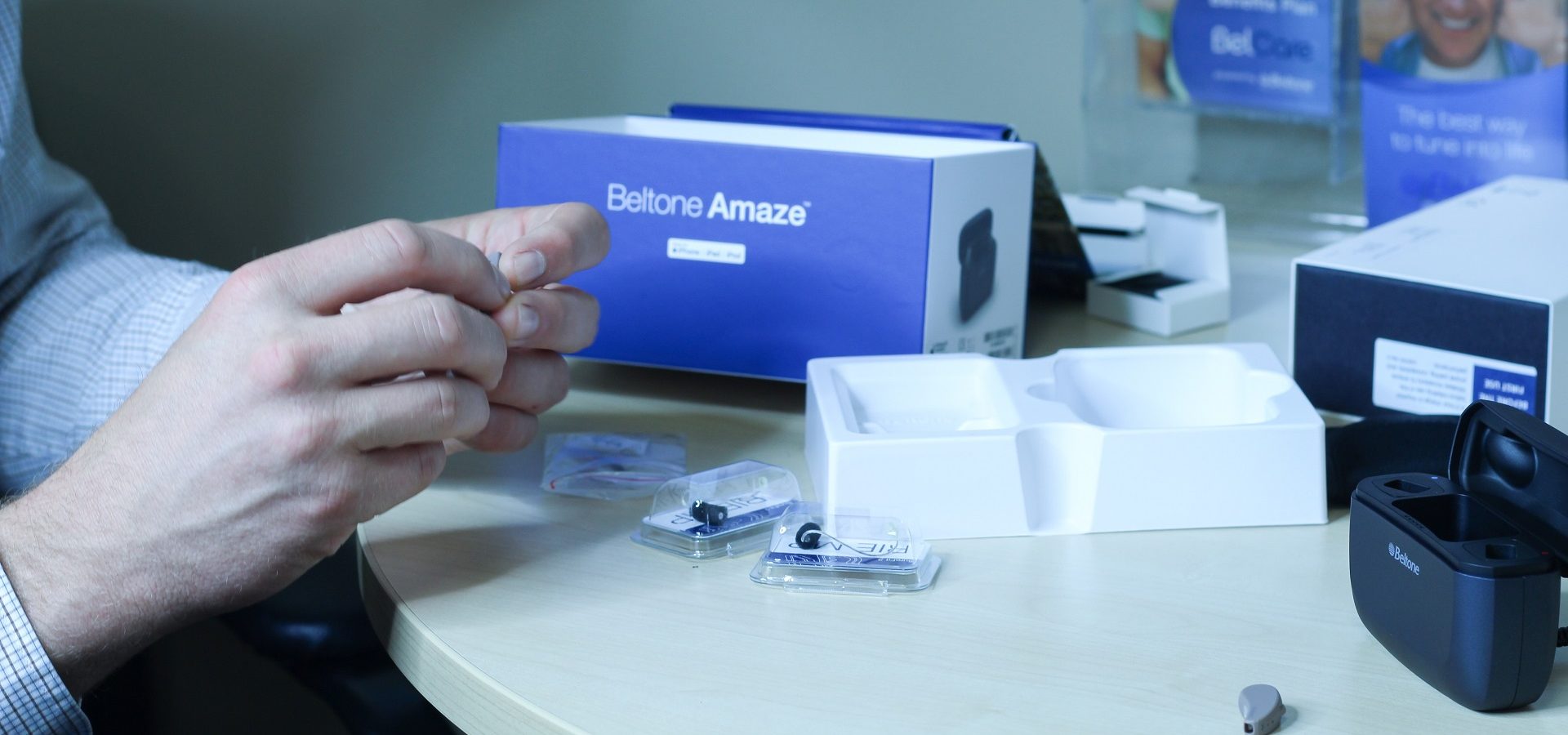Menu

Hearing aids are small but powerful electronic devices that enable people with hearing loss to communicate and participate in daily activities despite their impairment. If you are using them, you know how important they are in helping you get by each day and keeping you safe from falls or other accidents.
Because of this, it can be very frustrating when they malfunction or seem to not work the way they should. Instead of focusing on your online meeting or enjoying a lovely family dinner, you might be exasperated, trying to make your hearing aids work.
Fortunately, there are a few steps you can take to troubleshoot the problem. When you start to notice buzzing feedback or other problems, use these three steps to overcome the issue:
1. Change the batteries
A low battery is one of the most common reasons for a malfunctioning hearing aid. If the sounds have weakened, the sound quality has become dull or muted, or your hearing aids won’t stay on, it’s highly likely because of the batteries.
The first step is to replace them and make sure that they are properly installed. Additionally, make sure that they are fully charged before you head to your daily activities.
You can do this for hearing aids that are designed for replaceable batteries. However, if your devices have the batteries sealed into them, you should bring them to a hearing aid clinic to have them recharged.
2. Clean them regularly
Wax and dirt buildup naturally occurs in your ear. Most hearing aid devices are built with this in mind, which is why they are made to withstand a certain level of buildup. However, too much of this can hinder your device to work the way they should.
Earwax buildup can create a whistling sound inside your ear, which happens when it interferes with your device’s feedback cancellation feature. Moreover, earwax or other accumulation can also get in the way of your hearing aid, and that is what produces a muffled sound.
With this, it’s a good idea to clean every surface of your hearing aid regularly by following the manufacturer’s instructions. Check the tip of the hearing aid and the earwax filter to ensure they are clean. If that does not solve the issue, then send your hearing aids to a specialist to have them regularly cleaned and maintained.
3. Give it some time to work
Having new hearing aids must be exciting for you because you will soon be able to hear the world better. This is why it can also be so disheartening when they don’t work as expected on the first time you pop them in.
The best step you can take when it comes to troubleshooting new hearing aids is to be patient and wait it out. Give your brain time to adapt to hearing everything again and allow it to get used to working with your hearing aids and receiving new stimuli.
At the same time, you also should not let too much time pass. If the constant noise issues persist, and you still aren’t comfortable with your hearing aids, head to your trusted hearing clinic to get the help you need.
Conclusion
Hearing aids work wonders for you and help you to enjoy life and be efficient in the activities that you do. However, when they start to demonstrate problems or cause issues, try any of the three troubleshooting tips shared for a smooth and easy hearing experience.
If you are looking for a revolutionary hearing aid clinic in Abbotsford with a helpful aftercare program, our audiologists at Fraser Valley Beltone are ready to serve! We will be more than happy to help you get the hearing aid that suits your needs and your lifestyle. Get in touch with us today to see how we can help!
Share Post
Facebook
Twitter
LinkedIn
Email
Reddit
Pinterest
